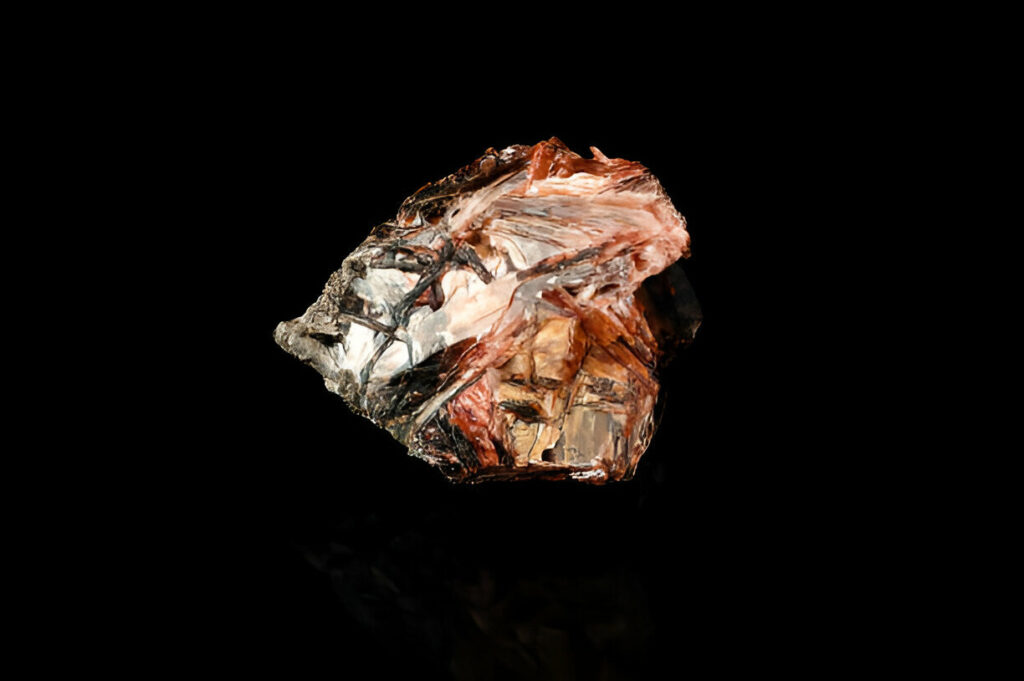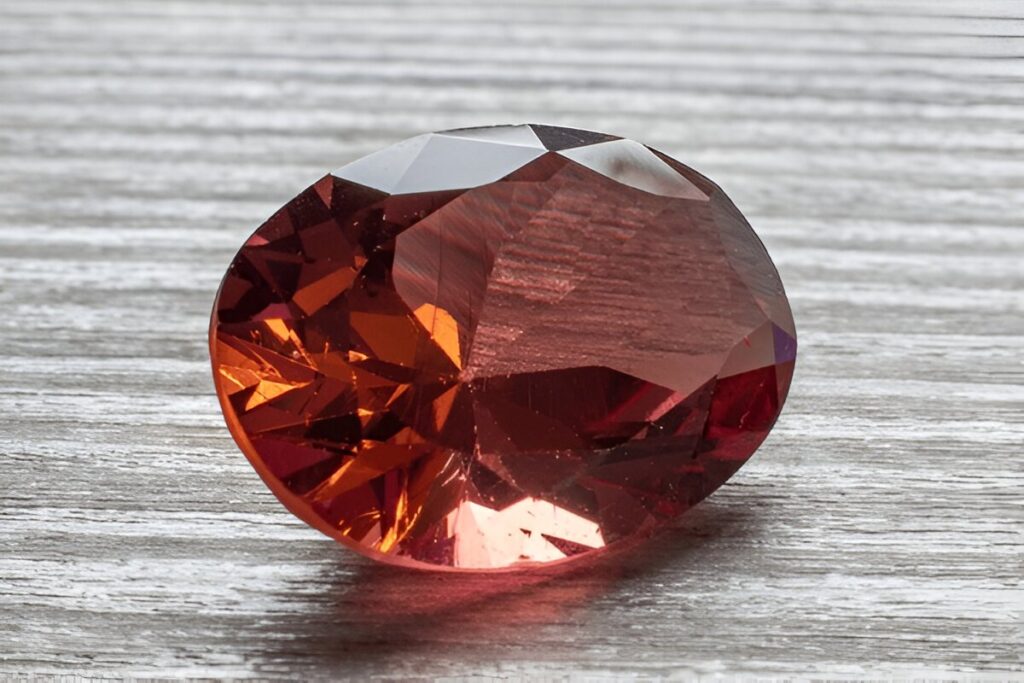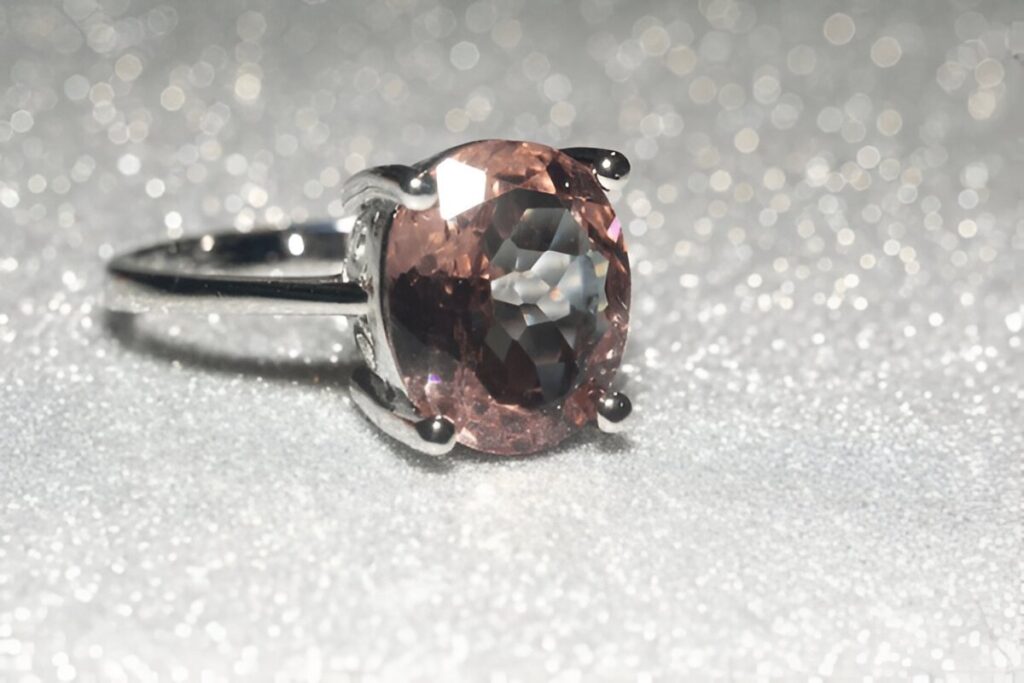The History of Zultanite: From Turkish Mines to Red Carpet Glamour
There’s something almost magical about a gemstone that refuses to stay the same color. One moment it’s sage green in the natural light of a jewelry store window. The next—under the warm glow of evening candles—it transforms into a rich champagne pink. This isn’t a trick of the eye or clever marketing. It’s Zultanite, and its journey from the remote mountains of southwestern Turkey to the glittering world of high fashion reads like the plot of a treasure hunt movie.
How Zultanite Emerged from Turkish Mountains
The story begins in the Anatolian Mountains of Turkey, where this remarkable stone had been hiding in plain sight for millennia. Geologists had known about the mineral itself—diaspore—since the early 19th century. However, gem-quality specimens didn’t surface until the 1970s. Even then, another couple of decades passed before anyone realized what they’d stumbled upon.
Picture this: Turkish miners working in the remote reaches of the İlbir Mountains, roughly 4,000 feet above sea level. They extracted what they assumed was just another industrial mineral. The region, located in the Muğla Province near the town of Milas, had seen mining operations for years. Nevertheless, these particular crystals had something different about them—a clarity and color that caught the light in unexpected ways.
Subsequently, mineralogists took a closer look at these specimens. What made them extraordinary wasn’t just their beauty, but their color-changing properties. Depending on the light source, Zultanite shifts dramatically—from kiwi green to raspberry pink, from champagne to cognac. Gemologists call this phenomenon pleochroism. Still, you don’t need a degree to appreciate it. You simply move the stone from sunlight to lamplight and watch it perform its little miracle.
The Royal Origins of the Zultanite Name
Originally, jewelers marketed this gem under various names including “Csarite.” Eventually, the stone received its most enduring title: Zultanite. The name pays homage to the Ottoman sultans who once ruled the lands where this stone originates. Furthermore, it’s a fitting tribute. The Ottoman Empire had a legendary appreciation for precious gems, and their treasury once housed some of the world’s most spectacular jewels. If they’d known about this color-changing wonder from their own backyard, it would’ve adorned a few imperial crowns.
Additionally, the naming reflected a marketing strategy that understood what luxury consumers want: authenticity, heritage, and a good story. Zultanite had all three in spades.
Why Zultanite Remains the World’s Rarest Color-Changing Gem
Here’s where things get interesting. Zultanite comes from only one place on Earth—that single deposit in Turkey’s Anatolian Mountains. While miners extract diamonds on every continent except Antarctica, and emeralds come from multiple countries, Zultanite’s geographic exclusivity makes it genuinely rare. We’re not talking about marketing rare. We’re talking about actually-only-exists-in-one-spot rare.
Moreover, the mining operation itself is no walk in the park. The remote location and challenging terrain make extraction difficult. On top of that, gem-quality material represents only a tiny fraction of what miners pull from the earth. For every hundred pieces of diaspore that comes out of the ground, perhaps only one might be suitable for jewelry. And we’re not even talking about the premium specimens yet.
Consequently, larger stones are exponentially rarer. While you might find smaller Zultanites (under 2 carats) with relative frequency in specialty jewelry stores, anything over 10 carats is considered exceptional. Stones exceeding 20 carats? Those are museum pieces or investment-grade collector’s items.
From Turkish Mines to Hollywood: Zultanite’s Glamorous Transformation
The transition from geological curiosity to fashion statement happened gradually, then all at once. Jewelry designers who worked with unique, lesser-known gems began incorporating Zultanite into their pieces during the early 2000s. In fact, the stone’s chameleon-like qualities made it perfect for evening wear. It could complement multiple outfit changes throughout a single event simply by adapting to different lighting conditions.
Then came the celebrity endorsements, though not always the paid kind. Fashion-forward actresses and socialites started wearing Zultanite to awards shows and charity galas. The stone photographed beautifully, which matters enormously in our Instagram-obsessed world. Under camera flashes, it might appear soft and peachy. In natural light on the red carpet, however, it could shift to olive or sage. Jewelry designers couldn’t have asked for better advertising.
As a result, high-end jewelers took notice. Houses specializing in rare and unusual gems began featuring Zultanite in their collections. Sometimes they used it as a centerpiece surrounded by diamonds. Other times they created dramatic solitaire settings that let the stone speak for itself. The gem found particular favor among collectors who’d grown tired of the usual suspects—sapphires, rubies, emeralds—and wanted something with a genuine story, something their friends wouldn’t be wearing.
Investment Potential of Turkish Zultanite
As with any rare gemstone, Zultanite has attracted attention from investors and collectors looking beyond traditional assets. The single-source reality, combined with limited mining operations, creates a supply situation that could potentially make existing stones more valuable over time. There’s no guarantee, of course. Gemstone values depend on countless factors, from fashion trends to economic conditions. Nevertheless, the fundamentals are there: genuine rarity, growing awareness, and limited supply.
Some industry watchers compare it to tanzanite, another single-source gemstone found only in Tanzania. That stone gained significant value after Tiffany & Co. championed it in the 1960s. Whether Zultanite follows a similar trajectory remains to be seen. Still, the comparisons aren’t entirely unfounded.
The Natural Science Behind Zultanite’s Color Magic
What keeps Zultanite relevant isn’t just its origin story or its scarcity—it’s the stone itself. That color-changing property never gets old. Unlike treated or enhanced gems, Zultanite’s transformation occurs entirely naturally. It results from the gem’s chemical composition and crystal structure. No heating, no irradiation, no diffusion treatments. Just pure geological luck.
The gem ranks between 6.5 and 7 on the Mohs hardness scale. This makes it suitable for most jewelry applications, though it requires some care. It’s not as tough as a sapphire or a diamond. However, with reasonable precautions, it can last generations.
Where Zultanite Shines Brightest Today
Today, Zultanite occupies an interesting niche in the gemstone world. It’s exclusive enough to impress serious collectors but accessible enough that consumers who want something truly unique can actually acquire it. As awareness grows and the fashion world continues embracing individuality over conformity, gems like Zultanite—with genuine stories and distinctive properties—seem poised to become even more sought-after.
From Turkish mountainsides to jewelry boxes on Fifth Avenue and Bond Street, Zultanite’s journey exemplifies how the best treasures are worth waiting for. Sometimes for millions of years. The history of this remarkable gem proves that nature’s patience creates the most extraordinary results. And for those lucky enough to own a piece of Zultanite, they’re not just wearing jewelry—they’re wearing a piece of Turkish heritage, geological wonder, and modern glamour all in one.
Find More Gemstone Guide Reads….
Reference;
https://speromagazine.com/zultanite-history-from-turkish-mines-to-red-carpet-glamour/





